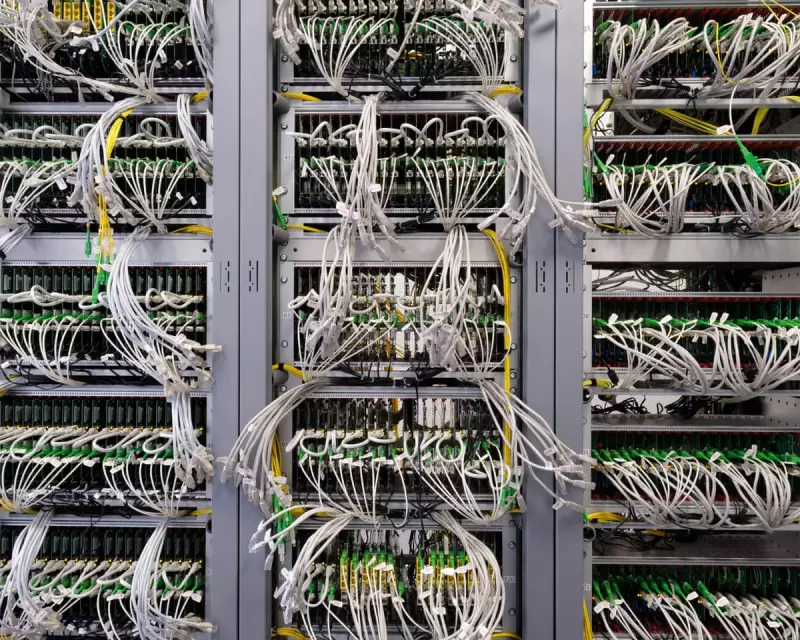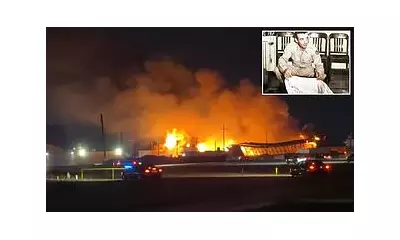
Beneath the sleek surface of our digital lives lies a creaking, vulnerable system that few ever see - and it's showing alarming signs of strain. The very physical infrastructure that powers our modern world is facing threats that could bring global connectivity to its knees.
The Unseen Backbone of Our Digital World
While we scroll through social media and stream our favourite shows, a complex network of undersea cables, data centres, and exchange points works tirelessly in the background. This hidden ecosystem forms the foundation of everything from banking systems to emergency services, yet most people remain completely unaware of its existence - until it fails.
Critical Pressure Points Emerging
Several key vulnerabilities are causing growing concern among experts:
- Ageing undersea cables that carry 99% of international data are approaching the end of their lifespan
- Concentrated data centres create single points of failure for entire regions
- Geopolitical tensions threatening crucial infrastructure in conflict zones
- Climate change impacts on coastal landing stations and cooling systems
When the Digital Heartbeat Skips
Recent incidents have demonstrated just how quickly things can unravel. A single damaged cable can slow internet traffic across continents, while data centre outages have taken entire government services offline for days. The interconnected nature of these systems means problems cascade with frightening speed.
The Ripple Effect on Everyday Life
What might seem like a technical issue quickly becomes very personal:
- Hospital systems losing access to patient records
- Financial transactions freezing mid-payment
- Emergency services struggling to coordinate responses
- Supply chain tracking systems going dark
Strengthening Our Digital Foundations
Experts are calling for urgent action to reinforce this fragile ecosystem. Solutions include diversifying cable routes, implementing better redundancy systems, and developing international protection standards. The question isn't if we need to act, but whether we can move fast enough to prevent a major collapse.
The silent infrastructure holding our world together deserves more attention - before it demands it through failure.





